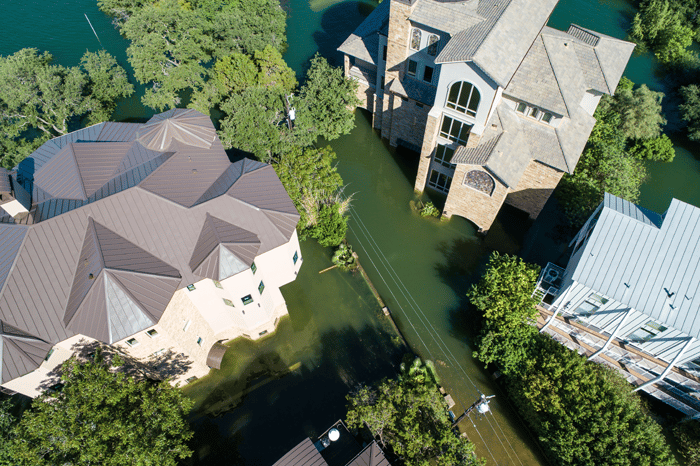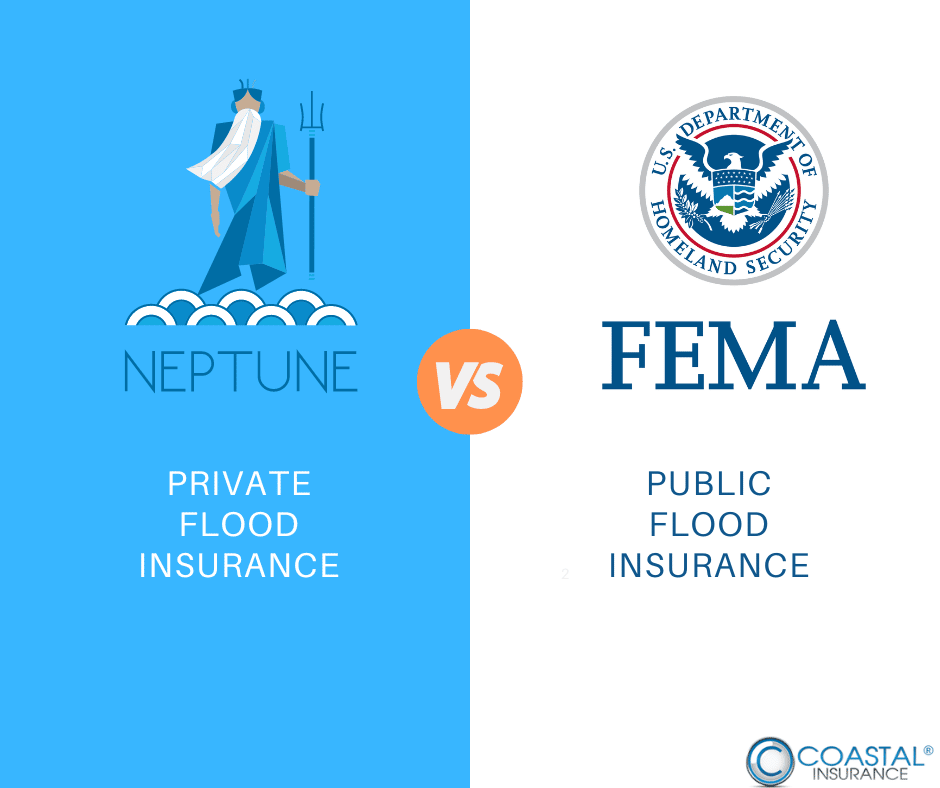
FEMA’s new rules for 2020 still provide consumers with more freedom to manage their coverage and choose their preferred provider for flood insurance. A number of new changes accompany an increase in the average cost of flood insurance for consumers covered through the National Flood Insurance Program (NFIP).
Here’s how new changes for 2020 affect policyholders:
-
- FEMA projects an average premium increase of 9.9% for new business and renewals. This amount represents the combined effect of flood insurance premiums as well as the Federal Policy Fee (FPF) and Homeowners Flood Insurance Affordability Act (HFIAA) surcharge. Average increases for all policyholders is about $100, although rates may be higher or lower depending on location, insured value, or other rating factors. These changes are in compliance with the Biggert-Waters Flood Insurance Reform Act of 2012 (BW-12) and the Homeowner Flood Insurance Affordability Act of 2014 (HFIAA).
Expect rate increases to impact the following types of policyholders by a larger percentage: business policies, non-primary residences, Severe Repetitive Loss (SRL) properties, and substantially improved properties. - Policies effective on or after April 1, 2020 will have an updated percentage for the Reserve Fund Assessment. Expect the Reserve Fund Assessment to increase to 18%, 3% higher than the previous assessment percentage. This assessment on NFIP policies began in 2013 and helps cover NFIP expenses when claims outpace collected premiums.
- FEMA projects an average premium increase of 9.9% for new business and renewals. This amount represents the combined effect of flood insurance premiums as well as the Federal Policy Fee (FPF) and Homeowners Flood Insurance Affordability Act (HFIAA) surcharge. Average increases for all policyholders is about $100, although rates may be higher or lower depending on location, insured value, or other rating factors. These changes are in compliance with the Biggert-Waters Flood Insurance Reform Act of 2012 (BW-12) and the Homeowner Flood Insurance Affordability Act of 2014 (HFIAA).
-
- FEMA simplifies primary residence determination. In cases where the mailing address matches the insured address on a policy, the property can be insured as a primary residence without additional documentation from the homeowner. This update simplifies the coverage process for many homeowners.
-
- FEMA updates guidance to floodproofing rating credit for non-residential buildings. The floodproofing credit can reduce the cost of coverage for non-residential buildings. For policies effective on or after April 1, 2020, FEMA will use a different method to calculate the credit for eligible properties that measures the elevation difference between base flood elevation and the building’s lowest floor elevation. Relevant documents are still required to qualify for the credit, including photos, an elevation certificate, and a detailed flood emergency plan. Reach out to your agent to learn more.
- FEMA discontinues V-Zone Risk Rating Factor Form. Also effective April 1, 2020, FEMA will eliminate the V-Zone Risk Rating Factor Form, which allowed for lower rates based on building design, placement, or construction. Current policyholders who are receiving a discount based on a V-Zone Risk Rating Factor Form will instead be granted special rates. New policies will be rated based on standard rating criteria.
Changes in NFIP rules that became effective in 2019 allow greater freedom in choosing your own flood insurance provider and may even allow a partial-year refund if you replace an NFIP policy with a policy from another provider. Just reach out to your agent for more details or to review your coverage options.




